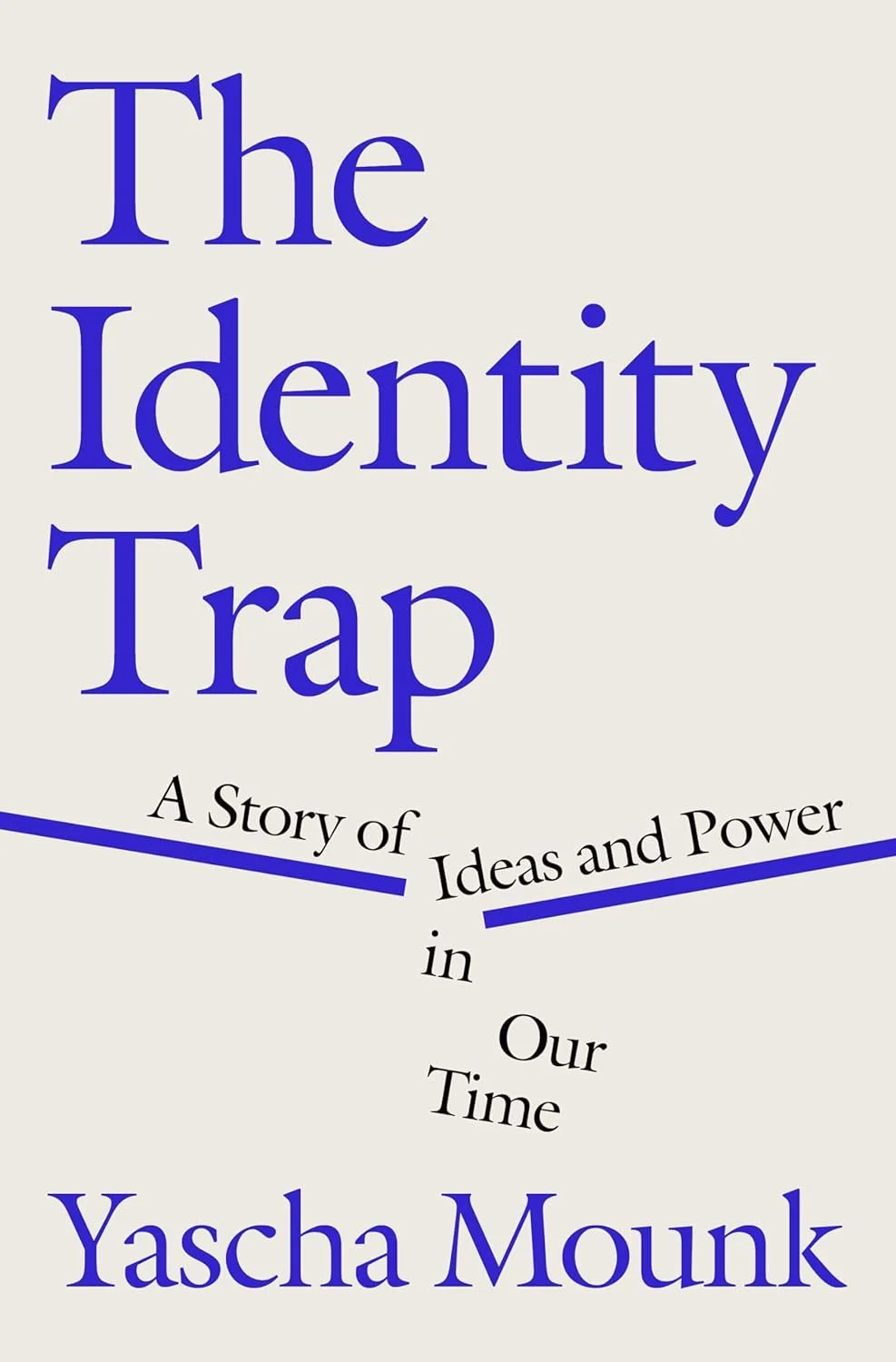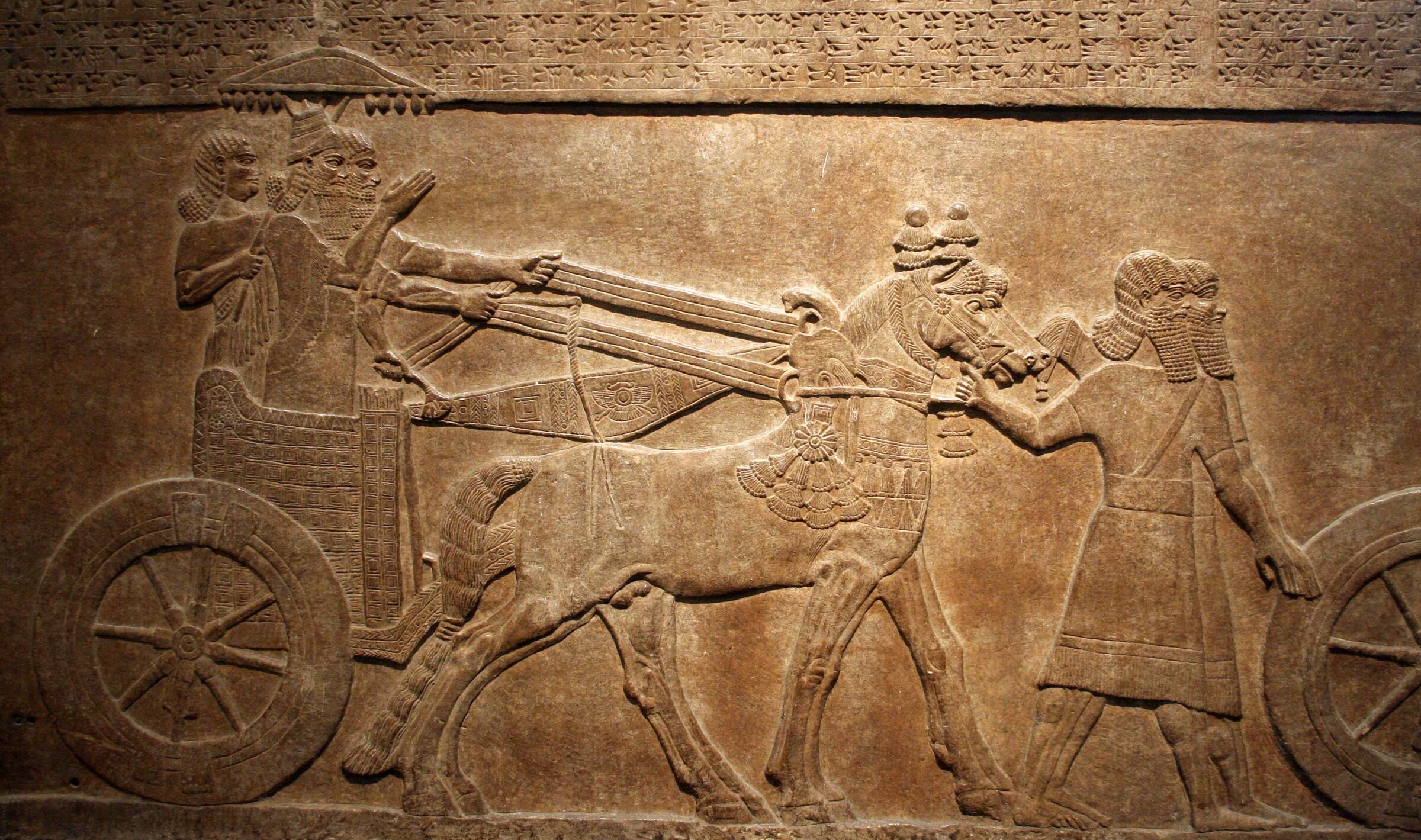Faith Among the Faithless - A Review
Esther is a book that many Christians seem to think has been exhausted. It’s been made into a major motion picture, a cartoon, and studied and preached for generations. We know all about the heroic Esther who had the courage to go before King Xerxes at the risk of her life with the memorable line, “If I perish, I perish.” That quote, along with Mordecai’s equally famous statement that Esther was raised up “for such a time as this” have a dramatic quality to that makes for good theater. To top it off, the bad guy dies on the gallows of his own construction, and the good guys get to kill their oppressors. This is a classic tale, but somewhat predictable by contemporary standards.
For those who delve into the background of this Old Testament book, the provenance is equally familiar. It was a questioned book because it proposed a new festival (Purim) and does not use the name of God. According to some accounts, it almost didn’t make it into the canon. These debates, too, have become old hat for experienced students. This leads to people taking too little care to enjoy the richness of the story of Esther and its application for us today.
In his recent book, Faith Among the Faithless: Learning from Esther How to Live in a World Gone Mad, Mike Cosper manages to cut through the familiarity to present a traditionally orthodox, but refreshingly contemporary reading of Esther. He does this by combining a retelling of the story with sound background study and parsing out the ways that the context of the story is similar to and different from our own.
A retelling of a biblical narrative is enough to make many Christians raise an eyebrow because it often results in embellishments that either distract from or modify the message of the text. Readers can wonder why the text was not sufficient. Cosper’s retelling is less a novel formulation and more an engaging way to present the historical background behind the story. There are places where Cosper has obviously chosen one interpretation over a competing one from scholarship about the context, but none of these choices are novel inventions. Instead, the intention seems to be to enhance the modern reader’s appreciation for the beauty of Scripture and to point them back to God’s revelation itself.
Aside from his narrative choices in the various scenes of the story, Cosper presents a fair amount of background information throughout the text. Before the reader shudders at the thought of academic information being smuggled into a book for the masses, they should know that Cosper does this fairly selectively and seamlessly. He explains the historical background of the Peloponnesian War so the reader can understand why Xerxes might be struggling with a bruised ego and not want to be humiliated by his wife. He also lets the reader know that Vashti likely resisted Xerxes call because of the probability of her own abuse or humiliation at his hands. These are all elements that are helpful in understanding the contours of the story. Cosper does well to present the helpful bits and avoid excessive excurses about cultural details that might enthrall a scholar studying the Ancient Near East, but do little to illuminate the text for a modern factory worker.
Because of this extensive background work and careful retelling, Cosper is able to present sound application for contemporary readers. We understand some of the obvious differences between the world of Esther and our own, so the challenge is to see how this ancient story becomes more than a dramatic tale. Cosper shows that the heroes of the story—Esther and Mordecai—are compromised people who muddle out their lives of faith in a hostile culture. That alone should be enough to raise the interest of Christians in our era. By retelling the story and unpacking the historical background, Cosper demonstrates that their story is much like our story, which gives us hope for being used dramatically by God even when we don’t anticipate it and certainly don’t deserve it. This is not simply a hero tale, it is a reminder that people like us—sinful, fearful, and hopeless—can play a part in the great workings of God’s history.
Faith Among the Faithless is a good book. Cosper writes well, thinks pastorally, and is faithful to the tradition of orthodox Christianity. His writing offers ways to remain faithful when many believers are abandoning Christian theology for pagan practices to appease the culture. Cosper understands the needs of our day and offers a book that is helpful in meeting those needs.
This is the sort of book that will be useful for group Bible studies or individual reflection. It should not replace actually reading the book of Esther, but it could helpfully complement that reading.
NOTE: I received an advance reader copy from the publisher with no expectation of a positive review.






















Reading your Bible is a battle. There’s a reason why Paul lists Scripture as the sword of the Spirit in his discussion of the armor of God (Eph. 6:17). More even than that, Scripture reveals God’s character and is, thus, central to worshiping well (Psalm 119). That’s why reading the Bible is a battle.